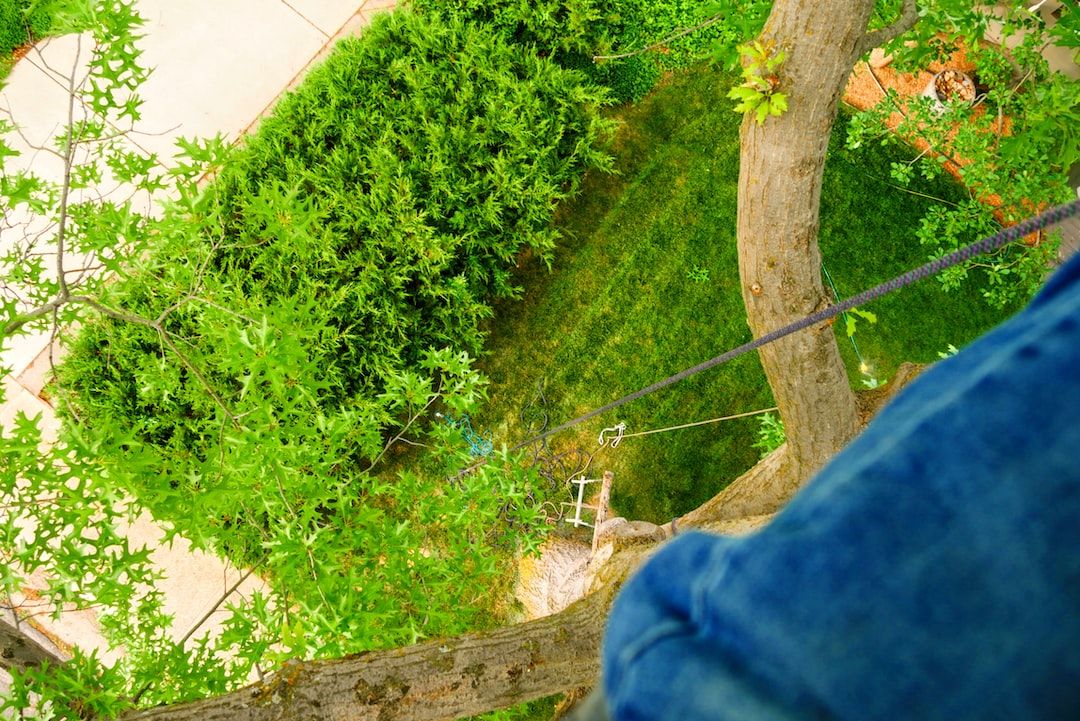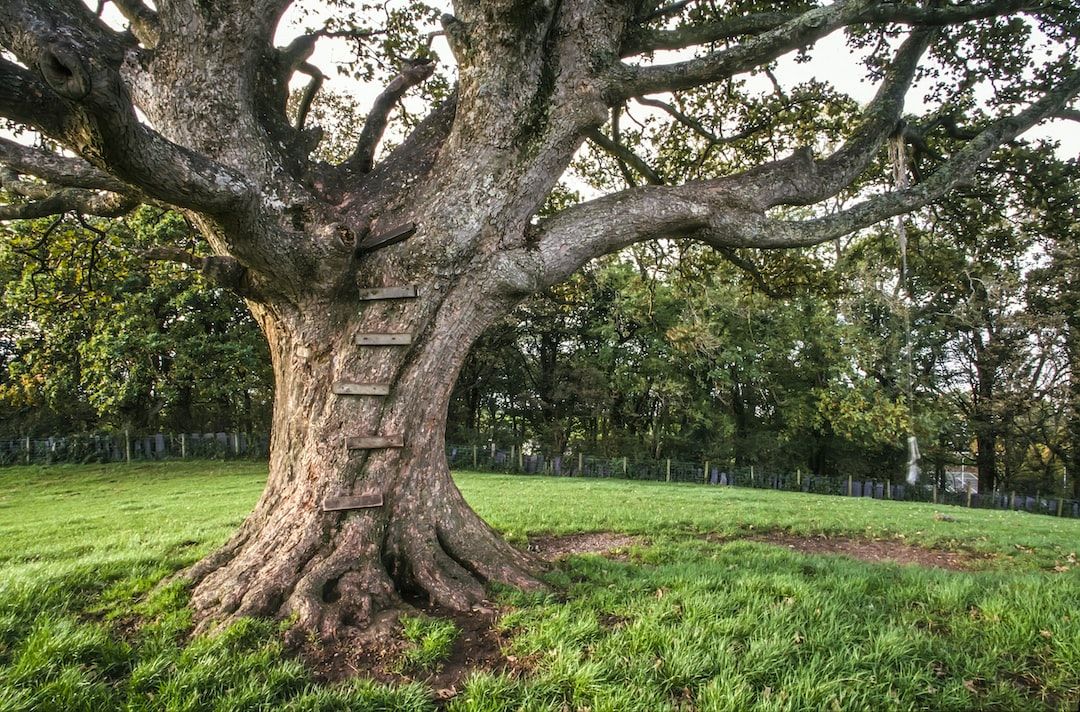Blog
Stories from my personal journey learning about and delivering Nature-rooted programs across three different countries
Should we let them panic and fall?
Caylin (Forest Schooled)

Empty space, drag to resize
“But I might fall,” she said. I replied, “You're right. That could happen.”
She looked at me, a bit puzzled. I don't think that was the response she had expected. I think she had assumed I would give her words of encouragement or reassure her that I'd keep her safe. But I didn’t give her that. I wanted her to know that it wasn't my responsibility to keep her from falling. It was hers.
She looked longingly up at the other children in the branches of the tree and repeated, “But I really want to climb it too. I'm just afraid I'll fall.” So I decided to give her a bit more guidance. I said, “Yes, falling is a possibility, but can you think of things you could do to reduce the chances of that happening? Or ways to make it less scary if it did happen?”
She thought about it for a moment and replied, “I could hang on tight and maybe not go too high.” I nodded in agreement and said, “Yes, that could help.” She then grabbed hold of a branch just above her head and started to pull herself up.
This all happened about halfway through a tree climbing 'epidemic' on a recent session. The climbing craze started when a couple of older girls found a good climbing tree with branches just low enough to the ground for them to grasp onto. As soon as the other children saw the girls up the tree, they all started to swarm the area and exclaim things like, “Can I try?!” “I want to climb the tree!” “Can I have a turn?!”
They all looked to me as if they needed me to give them permission to climb the tree too. So I asked, “Do you think it would be safe for all of you to climb the tree at once?” They all agreed there wasn't enough space for everyone in the tree. They also acknowledged that the branches might not be strong enough to hold everybody's weight.
This initiated a discussion about how to address these risks and the group decided that three children in the tree at one time would be ok. They felt that this would reduce the risk of bumping each other and losing their balance and would also ensure they didn't put too much weight or strain on the branches.
It was blatantly obvious how this tree climbing experience was teaching the children valuable skills in risk assessment and self regulation.

As the climbing continued, I started to notice other benefits too. Some children were struggling to get up, lacking the physical strength necessary to pull themselves up into the branches. The children began to problem solve and help each other by giving suggestions of different techniques they could try.
Some children offered to spot those who were really struggling by gently holding them as they climbed to give them just that little bit of extra support needed to make it into the tree. Some of the younger ones were too short to reach up and grab the branches, but they found a way around that by creating a step stool out of a spare piece of playground equipment.
The children felt victorious once they made it up into the tree and big smiles spread across their faces. Some felt quite content up in the branches and found a comfortable place to sit and chat with those of us still on the ground. Others' smiles would quickly fade as soon as they looked down, suddenly feeling fearful of falling or anxious about how they were going to get back down.
This initiated more problem solving discussions and team work to help each other get down from the tree. One boy felt really nervous on his first 'ascent' and quickly came back down. After a little while he decided to try again. About 20 minutes later he was happily hanging out up in the tree. When others expressed their nervousness he gave them words of encouragement by sharing his experiences, “I was scared the first two times I climbed too, but after that I felt fine!”
Arguably, the tree climbing experience benefitted many aspects of the children's physical, social, and personal development. It was a great opportunity for them to overcome fears, build their confidence, work together, and learn about the abilities and limitations of their own bodies. This is great, but that's not what this post is really about... Instead, I want to make a confession....

The truth is, I get really nervous when kids climb trees. The entire time they are doing it I feel on edge. I know that it's great for the children's learning and development and a part of me loves that they want to climb trees.
The other part of me doesn't like it at all. It's a source of inner conflict, where I can be simultaneously enjoying how much the children are learning from climbing the tree while also wishing they would just come down so I can stop feeling nervous. I don't like feeling that way so I thought I'd use this post to reflect and address it!
I decided to analyse the issue by asking myself, “What am I actually nervous about? Am I really nervous that the children will fall?”
The more I thought about it the more I realised that I'm less concerned about what will happen to the children (I'm confident in their abilities to look after themselves) and I'm actually more concerned about what will happen to me!
Now that doesn't seem right as surely I'm not the one at risk. I'm not even in the tree! But this is what I get anxious about:
- Did I risk assess it well enough?
- Is there anything I forgot to consider?
- If something were to happen to the children, would I be blamed?
- What if a parent were to see their child up a tree? Especially a child who's feeling fearful and panicking about how to get down. Would they recognise the benefits and be grateful for their child's experience? Or would they be angry with me, feeling that I exposed their child to unnecessary harm?
The truth is that it's the fear of litigation more than the danger of the activity itself that makes me nervous. I know I'm not the only one who feels this way - it's what often keeps many of us from letting children take risks. As a result, the kids can lose out on the benefits associated with taking part in risky activities.
So what do we do about it?
Well there's no easy answer, but I did find valuable insight from an article by Kate Blincoe published in The Guardian.
Blincoe (2015) states,
“Society's risk-averse attitude to young people's lives affect everything from school-based activities to the design of play areas, where eliminating any potential danger or cause for future litigation is the highest goal. Risk perception is like a muscle that needs to be developed and flexed. Parents and authorities need to work together to give our children real childhoods where scrapes and grazes, falls and panic are normal.”
The bottom line is our fear of risk is not based on fact. It's an 'attitude'. The fortunate thing is attitudes can change, but that change has to start somewhere.
If we can find ways to openly communicate with each other (particularly between parents and care takers/activity providers) and discuss the benefits of taking risks, perhaps we would all feel more comfortable when children take part in risky activities, like tree climbing.
If we all recognise that keeping children 'safe' also means providing opportunities for them to learn how to keep themselves safe, we could create a culture where scrapes, grazes, falls and panic are accepted as, well, just normal!
References:
Blincoe, K. (2015) Risk is essential to childhood – as are scrapes, grazes, falls and panic, www.theguardian.com/commentisfree/2015/oct/14/risk-essential-childhood-children-danger, 14/10/2016.
Gill, T. (2010) Nothing Ventured... Balancing risks and benefits in the outdoors, English Outdoor Council.
Little, H., Wyver, S., (2008). Outdoor play - Does avoiding the risks reduce the benefits?. Australian Journal of Early Childhood, 33(2), 33-40.
More Posts
WANT TO GET FOREST SCHOOLED TOO?
Subscribe to my email letters, something special from me to you so we can learn together. Each one is filled with heart-felt stories from the forest, resources you may find useful, and things that hopefully bring a smile too.
Thank you!
© 2022 by FOREST SCHOOLED

